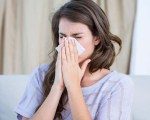
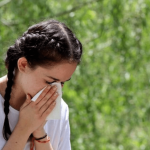

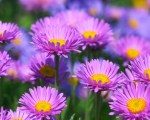
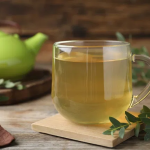
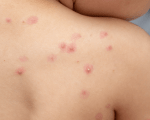

In spring, many people suffer more than usual due to pollen allergy, an immunological reaction that is activated against substances that normally do not cause adverse responses in most people.
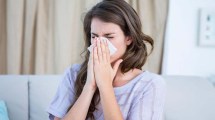
During this season of the yearflowers bloom and the air fills with pollen, which can be a real challenge for allergy sufferers. The most common symptoms include sneezing, stuffy nose, and runny nose. However, there are natural methods that can help relieve these symptoms without having to resort to pharmacological treatments.
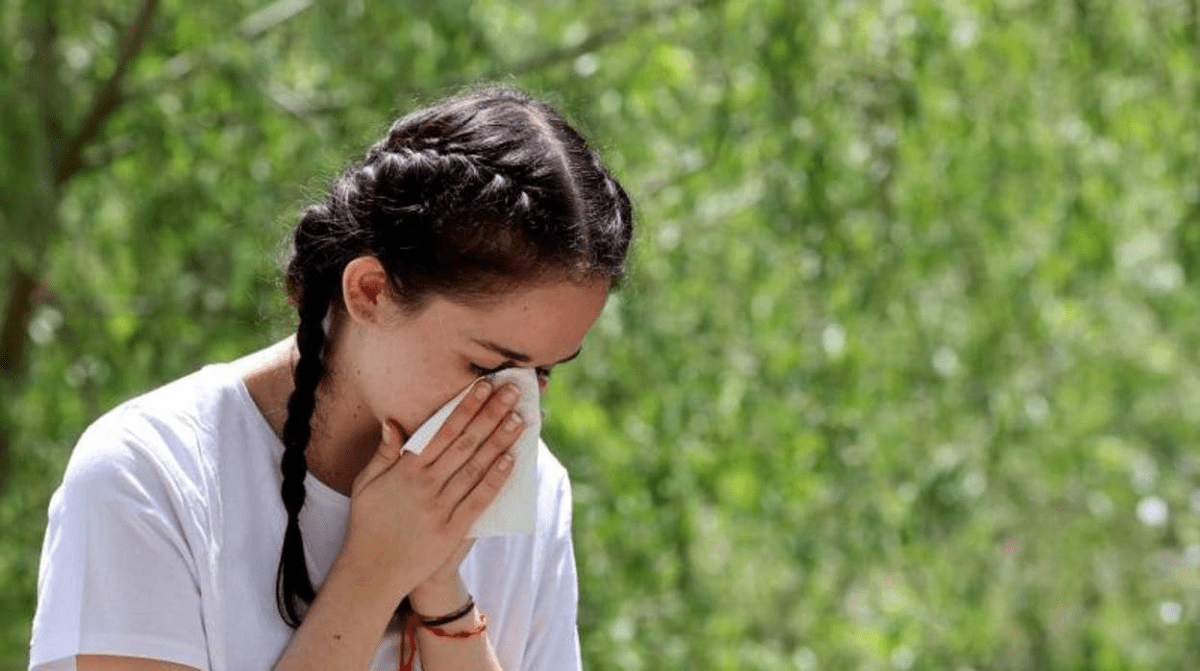
Climate change has caused a rise in temperatures, which has intensified and prolonged the allergy season. According to recent data, pollen levels have increased significantly in several regions, and in some parts of the countrypollen levels have reached historic peaks. This panorama has led many people to look for natural alternatives to combat the symptoms of seasonal allergies.

These are some recommendations from the Mayo Clinic to control and minimize allergy symptoms:
– I reduced exposure to pollen: An effective way to manage allergy symptoms is to limit contact with allergens. Here are some strategies to reduce exposure to pollen:
– Stay inside on dry, windy days: Days with these weather conditions usually have a higher amount of pollen in the air. The best time to go outside is after it rains, as it helps clear pollen from the air.
– Avoid gardening activities: Activities such as mowing the lawn or raking leaves can stir up pollen and other allergens.
– Change clothes and take a shower when you get home: This will help remove pollen that has stuck to your skin and hair.
– Do not hang clothes outside: Pollen can become trapped on clothing and sheets, causing discomfort.
– Wear a mask when you go out: This can help avoid inhaling pollen and other airborne allergens.
– Close doors and windows on dry days: Keeping pollen out of the house is key to minimizing symptoms.
– Avoid outdoor activities early in the morning: This is the time of day when the pollen concentration is usually highest.
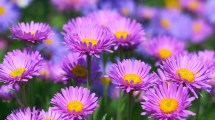
With these recommendations, It is possible to enjoy spring without allergies ruining the season. By adopting preventive measures and using home remedies, symptoms can be kept under control, allowing us to make the most of this season of the year.
Home remedies that can help you combat allergies:
1) Eucalyptus
The vapors with eucalyptus leaves open the airways and promote the expulsion of the mucosa. Its active compounds promote relief of nasal congestion and, in turn, improve breathing against viral and bacterial infections.
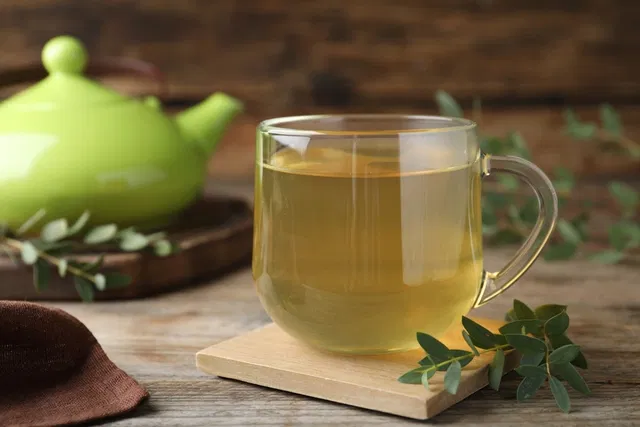
2) Turmeric and licorice
The turmerica plant native to India, is known for its great anti-inflammatory power and also promotes immunoglobulin E blockadepreventing or reducing allergy symptoms. For its part, licorice is rich in glycyrrhizin, which would help stop the production of IgE, thereby reducing the severity of various allergic reactions, both skin and respiratory.
3) Citrus
Oranges, lemons and other citrus fruits have a high vitamin C and antioxidant contentvery useful to combat allergies.
4) Probiotics
probiotics block the production of immunoglobulin E Therefore, it helps reduce the allergic reaction and relieve symptoms. He yogurt, kefir or dark chocolate They are foods with large amounts of probiotics.
5) Infusions
There are many herbs that have antihistamine and anti-inflammatory effects such as nettle or green tea, mint, licorice or eucalyptus. Taking advantage of the benefits of these plants through infusions will help us feel better and hydrate the body. Two infusions a day are recommended, in the morning and before going to bed.
6) Sea water
Saline solutions They are one of the best aids to clean the nose of pollen or dustin addition to softening the mucosa and reducing sneezing. We can obtain it naturally by mixing distilled or boiled water in a glass cup and adding half a tablespoon of sea salt and half a tablespoon of baking soda. Pour a few drops into your nose and you will start to breathe better.
7) Thoroughly clean the house
Clean the house thoroughly leave it free of pollen and fungi. To do this, use a vacuum cleaner and wipe the furniture with a wet cloth. It is recommended to wash sheets twice a week.
8) Close windows
The best time to ventilate the house in the morningspecifically from 10:00 a.m., then keep them closed throughout the day. Also avoid spending as little time as possible outdoors. Also use the air conditioning with an anti-pollen filter.
Find more news about WELFARE by clicking here.
Do you want to receive our newsletter? Subscribe here and it will arrive in your email every Wednesday and Saturday.
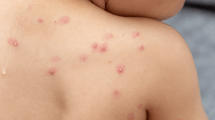
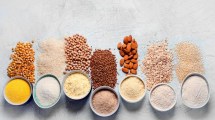
More than a century committed to our community. I chose the best information, analysis and entertainment, from Patagonia to the entire country.
I want my subscription